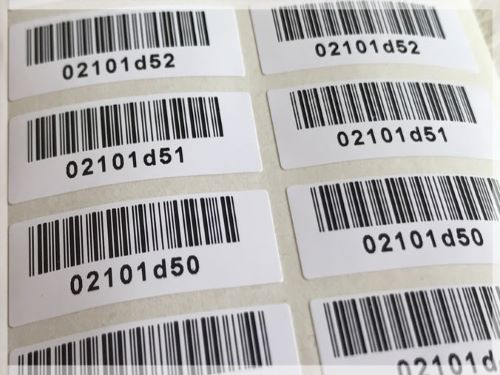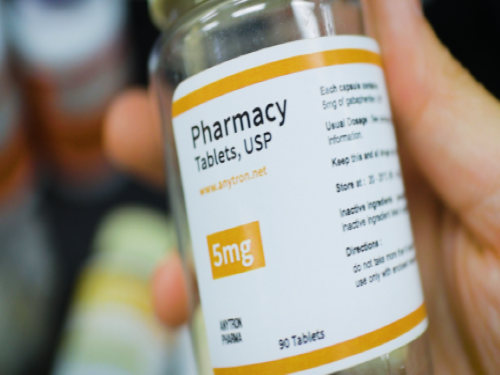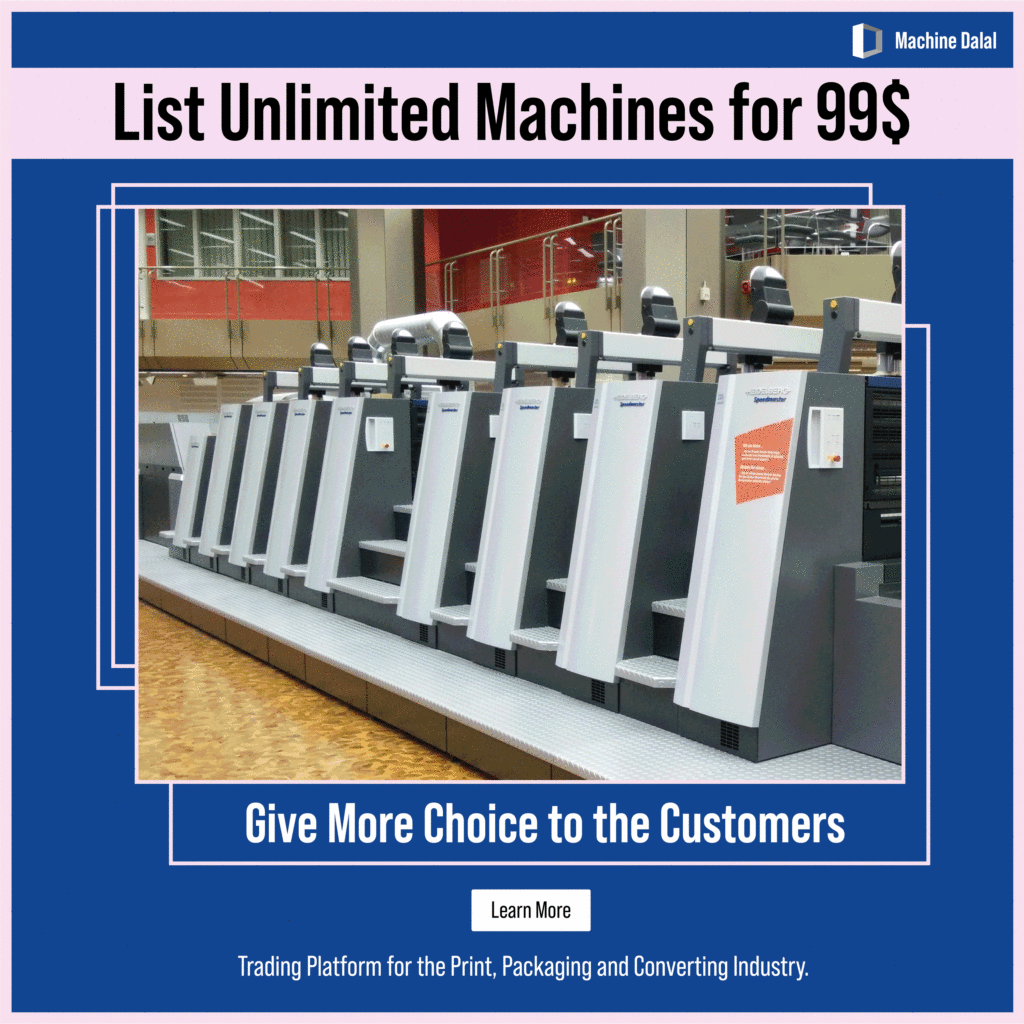Labels are an essential and ubiquitous print application. Though they may be small in size, labels play a big role in promoting products and providing information. Whether it has instructions on how to use a product, nutrition information, or just a design to catch the consumer’s attention, each label has its own unique role in the product. With such a large number of products on the market today, there is a high demand for label printing.
Label printing is the process of printing custom labels through various methods. These methods include digital printing, flexographic printing, and wide-format printing, all of which yield different results in the look, feel, and purpose. Digital printing is well established in the label segment and provides significant opportunity for printers seeking to enter this growing market.
What Is Digital Label Printing?
Digital label printing is an innovative technique that can drastically cut production times. It eliminates the need for expensive plates and film while allowing full control over high-quality printing runs. While it may not be as fast as flexographic printing for larger runs, digital printing provides an easier alternative to designing colorful and customized labels within a short period.
Market size
According to Smithers’ “The Future of Label Printing to 2024,” slightly more than 10% of all labels are printed digitally, with that digital share forecasted to rise to about 15% by 2024. Overall, Smithers estimates the global value of the printed label segment to be $41.75 billion.
Types of Labels
There are three basic types of labels.
1. Pressure-sensitive labels
They are the most common type of label and are applied using only pressure — no other process is required.

The label is composed of face stock, adhesive and a liner and can be applied by hand or automatically.
2. Glue-applied Labels

Glue-applied labels, also commonly referred to as cut-and-stack labels, do not have an adhesive layer. Cold or hot glue is used to apply the label to its container.
3. Shrink-sleeved Label

In sleeve or shrink-sleeve labeling, a printed piece of plastic, unsupported by a liner or an adhesive, is placed around a container, seamed, and heated to a temperature that will cause the film to shrink to the exact geometry of the container. Shrink sleeves can be classified as a label, flexible packaging, or as their own packaging category.
Main user markets
Labels can be found across nearly all market segments. Here are just a few that stand out:
Food and Beverage
Spirits
Pharmaceutical/Nutraceutical
Boutique Brands
Health, Beauty, Cosmetic
Types of label systems
Digital label printers typically print onto rolls of papers, films, foils, and other materials that can be converted into different label types and sizes. There are multiple technologies and widths of digital label printers to serve this diverse and innovative market. Digital label printing systems include:
Dry electrophotographic (toner) presses
Liquid electrophotographic (HP Indigo) presses
Inkjet printing presses
Hybrid devices that combine digital printing and flexography
Inkjet wide format printers and printer/cutters
Substrates
Serving the market requires familiarity with the types of substrates and adhesives that can be combined to produce different types of labels. Label substrates can include paper, synthetic paper, polyester film, vinyl, foil and more. The surface finish of the substrate can be glossy, matte, textured, metallic, printable, or writable.
VDP in digital label printing
Digital label printing is the only label option that can take advantage of variable-data printing (VDP) technology, which involves taking information from a database and parsing it so each label within an individual print run can have a unique design. Instead of mass producing one design using plates, VDP allows you to customize every design.

VDP can also increase ROI from marketing campaigns because it allows testing of different designs, messaging and branding. It’s a great tool for promotions, as it allows brands to customize individual labels with unique elements, such as game codes.
Advantages of Digital Label Printing
Because digital printing doesn’t require the creation of a press plate, it offers a number of advantages over offset or flexographic printing. These advantages include:
1. Faster Production Time
As digital label printing doesn’t require the creation of press plates, it allows for shortened setup time. And subsequently results in faster production time and order turnaround.
2. Variable Imaging
Digital printing allows the printer to recreate the image with each print. They can use information from a database and introduce new changes in text and graphics with each print.

For example, labels can be printed with consecutive numbers or multiple barcodes.
3. Smaller Label Print Runs
As opposed to traditional printing, short runs are a breeze with digital label printing that adapts swiftly to any change in label requirements during the printing process. Moreover, it can handle multiple short runs for different products and that makes it an affordable option for small as well as medium print runs.
4. Print Labels as You Need Them
Smaller label print runs and faster turnaround times offer companies options for more effective print management. Digital label printing offers companies the flexibility to print what they need, when they need it. This also allows brands or companies to change labels regularly, such as when testing new branding or keeping up with changing regulations.
5. Higher Print Quality
Digital printing enables printers to easily create high quality labels with small print, tight registration, multiple languages, SKU numbers, QR codes, and highly detailed artwork.

It is especially effective for producing pharmaceutical labels and medical device labels where providing accurate technical information is of paramount importance.
6. Faster Proofs
The minimal setup time of digital printing speeds up the process of creating and approving proofs. Which ultimately speeds up the process.
7. Expanded Media Choices
Depending on the type of digital printing technology used, digital label printing can offer an extremely large media range. For example, HP Indigo printers can print on over 3,000 substrates including synthetics, dark media and metallics.
Digital label printing is a rapidly developing technology that’s changing the label industry. As new printers and technologies have emerged, digital label printing has become more and more reliable and offers the absolute highest quality. Other mechanisms, such as a digital label finisher, allow the manufacturer to rapidly print, cut and reroll a large number of labels with ease. As further technological developments are made, the process to design and produce labels will only become more streamlined.
We, at Machine Dalal, have a wide selection of printing and converting equipment listed with us from sellers across the globe. Our platform is preferred by buyers and sellers from the global print industry to get directly connected and trade their equipment in a transparent and hassle-free manner.
Visit the Machine Dalal website or simply download our app onto your Android or iOS smartphone.


